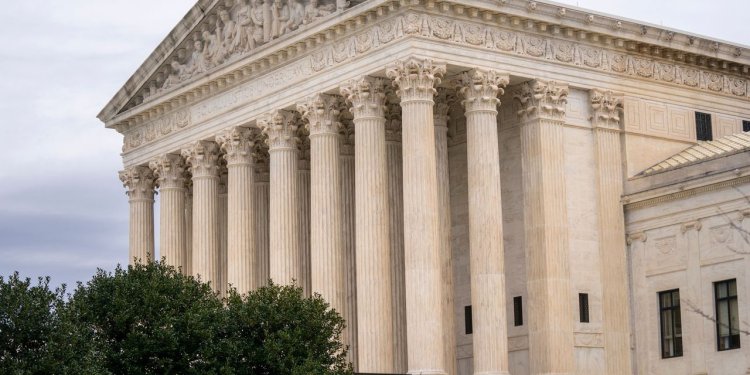Fair Elections and a Colorblind Constitution
June 16, 2023 2:06 pm ET The U.S. Supreme Court, Feb. 22. Photo: shawn thew/Shutterstock Regarding your editorial “Racial Gerrymandering by Court Order” (June 9): Most would agree that voting districts should be contiguous and compact—shaped more like a circle than a curlicue, more like Colorado then like Croatia—and that as much as possible they should reflect natural boundaries like rivers and political boundaries like city and county lines. With due regard to those constraints, the likelihood of having a small number of districts in which a racial group will find itself heavily in the majority, versus more districts in which that group has a slimmer majority, will depend on objective population distributions and subjective choices in how districts are drawn. I disagree with the Supreme Court’s blithe dismissal of computer simulations. To establish a basel


The U.S. Supreme Court, Feb. 22.
Photo: shawn thew/Shutterstock
Regarding your editorial “Racial Gerrymandering by Court Order” (June 9): Most would agree that voting districts should be contiguous and compact—shaped more like a circle than a curlicue, more like Colorado then like Croatia—and that as much as possible they should reflect natural boundaries like rivers and political boundaries like city and county lines. With due regard to those constraints, the likelihood of having a small number of districts in which a racial group will find itself heavily in the majority, versus more districts in which that group has a slimmer majority, will depend on objective population distributions and subjective choices in how districts are drawn.
I disagree with the Supreme Court’s blithe dismissal of computer simulations. To establish a baseline to which an actual plan can be compared for fairness, it is reasonable to generate thousands of computer simulations that incorporate the objective criteria but otherwise are random and race blind. This idea isn’t new. I believe that the first suggestion of it was in a note in the Harvard Law Review 45 years ago. It made sense when I wrote it then, and it makes sense today.
Robert Kantowitz
Lawrence, N.Y.
Justice Clarence Thomas’s dissent cogently frames the legal issue in this case: “The question presented is whether §2 of the [Voting Rights] Act . . . requires . . . redrawing[ing] . . . congressional districts so that black voters can control a number of seats roughly proportional to the black share of the State’s population. Section 2 demands no such thing, and, if it did, the Constitution would not permit it.”
Justice Thomas cites numerous cases expressing the principle that the Constitution is colorblind. Yet, as Justice Thomas observes, the majority’s interpretation “does not remedy or deter unconstitutional discrimination in districting in any way, shape, or form. On the contrary, it requires it.”
Joel Zinberg
New York
What's Your Reaction?













